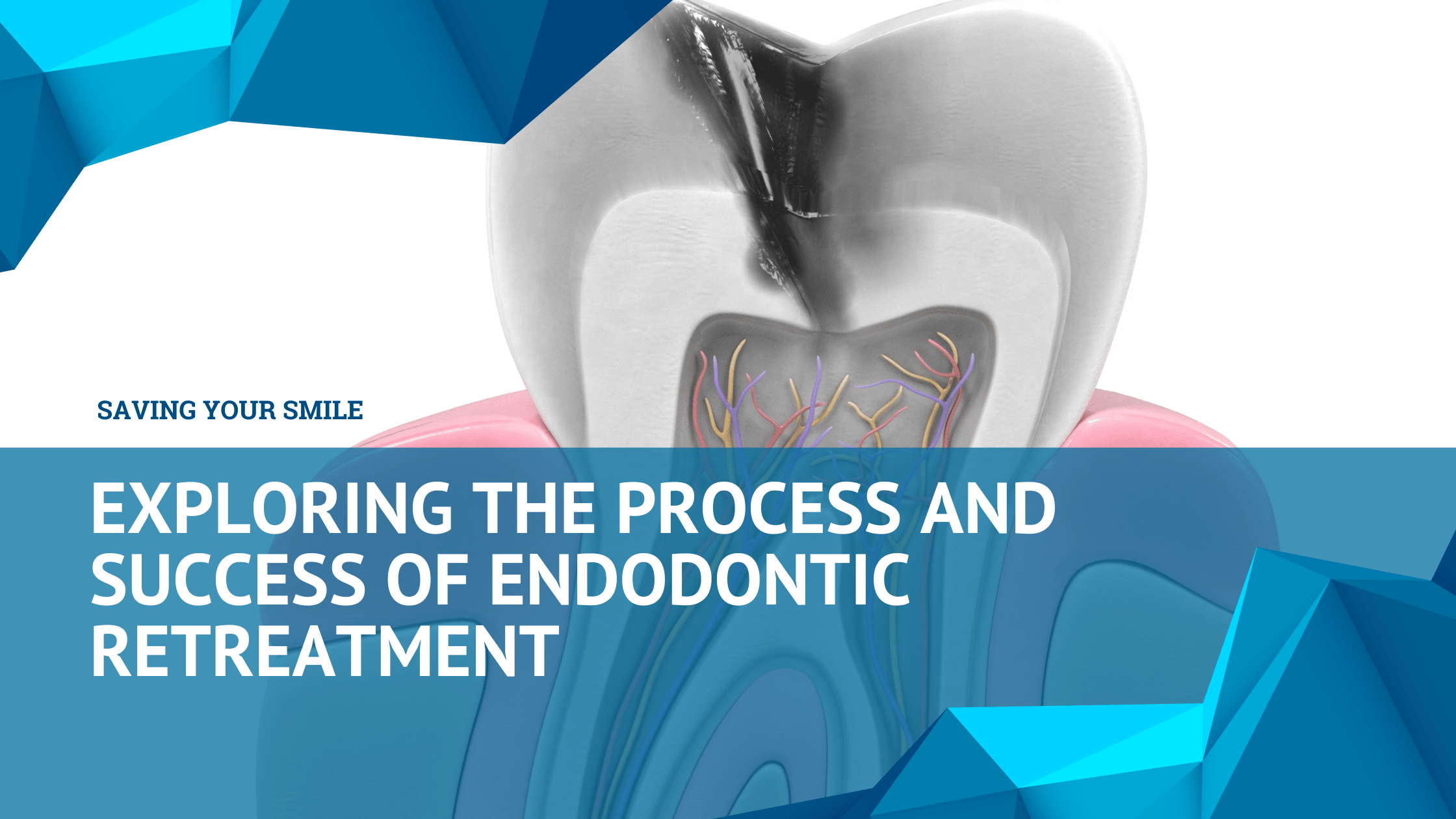Endodontic retreatment is a dental procedure that involves removing the existing root canal filling material, cleaning the inside of the tooth, and re-filling and sealing the tooth. In this article, we’ll take a closer look at why a root canal may fail, when retreatment is necessary, and what the procedure entails.
Why Root Canals May Fail
There are several reasons why a root canal may fail, including missed canals or anatomy that was not visible on the initial X-rays, a new infection due to bacteria that have re-entered the tooth, a fractured or cracked tooth, or inadequate sealing of the root canal filling material.
Symptoms of a Failing Root Canal
Symptoms of a failed root canal may include pain or sensitivity when biting down, swelling, tenderness or drainage, or an abscess. However, in some cases, there may be no symptoms at all.
The Endodontic Retreatment Procedure
The endodontic retreatment procedure typically involves the following steps:
- Removal of the existing filling material and any obstructions
- Cleaning and shaping of the root canal system
- Filling and sealing of the tooth with new material
- Placement of a temporary filling
How Successful is Endodontic Retreatment?
The success rate of endodontic retreatment is generally high, with most patients experiencing relief of their symptoms and the tooth being preserved. However, the success rate can vary depending on the cause of the initial failure and the condition of the tooth.
Alternatives to Retreatment
If retreatment is not an option, the alternatives may include extraction of the tooth and replacement with a dental implant or a bridge. However, it’s important to consider the potential risks and benefits of each option.
Conclusion
If you’re experiencing symptoms of a failed root canal, it’s important to seek treatment as soon as possible. Endodontic retreatment may be a viable option to preserve the tooth and alleviate symptoms. However, the success rate can vary depending on the individual case, so it’s important to discuss all of your options with a qualified dental professional.





Leave A Comment